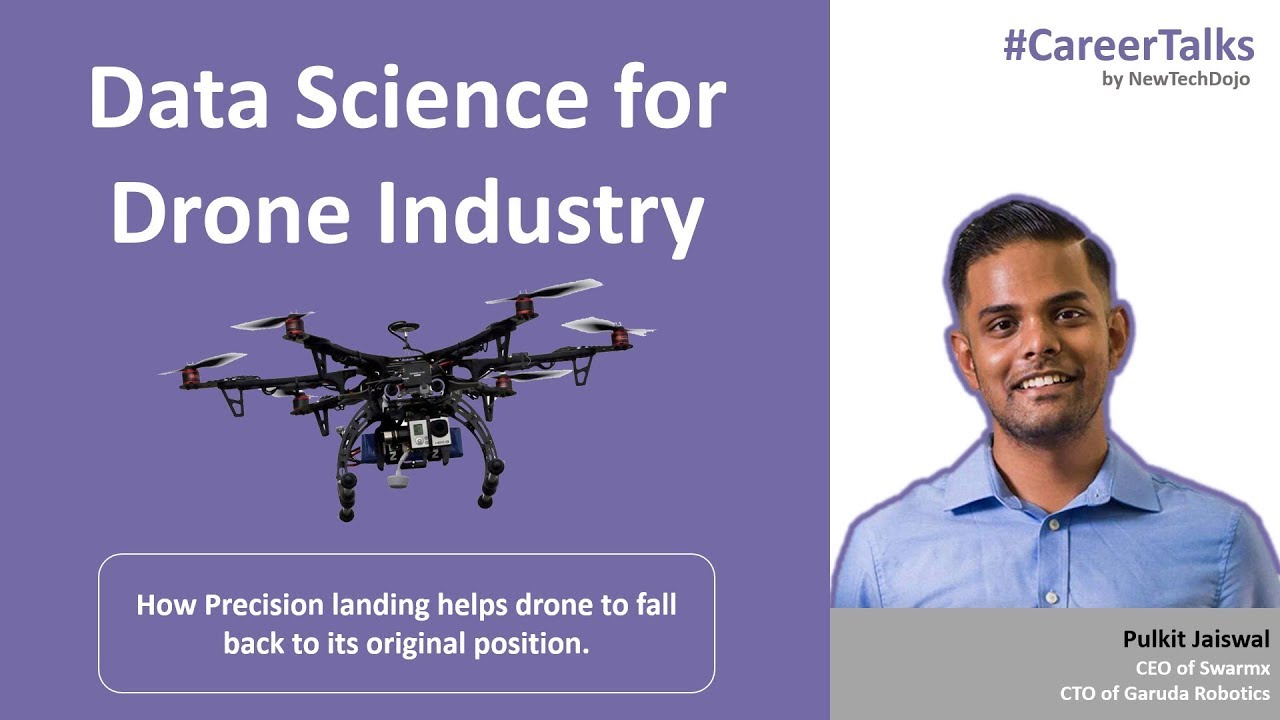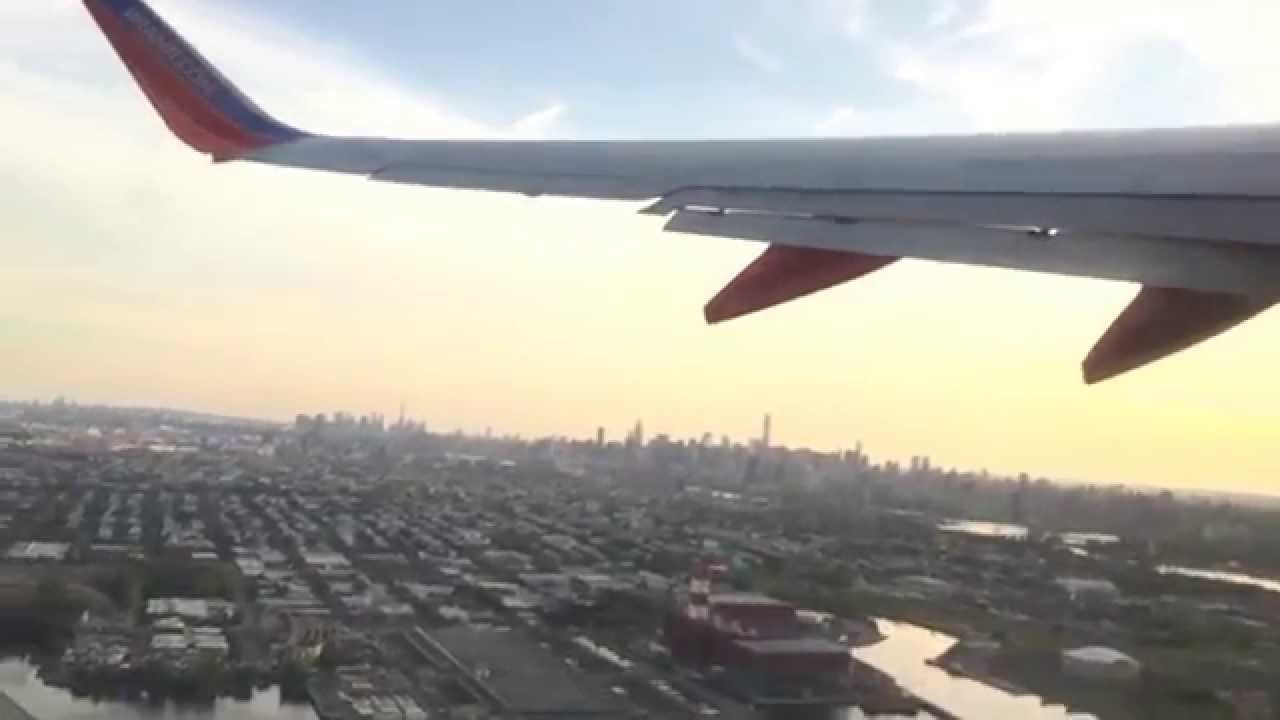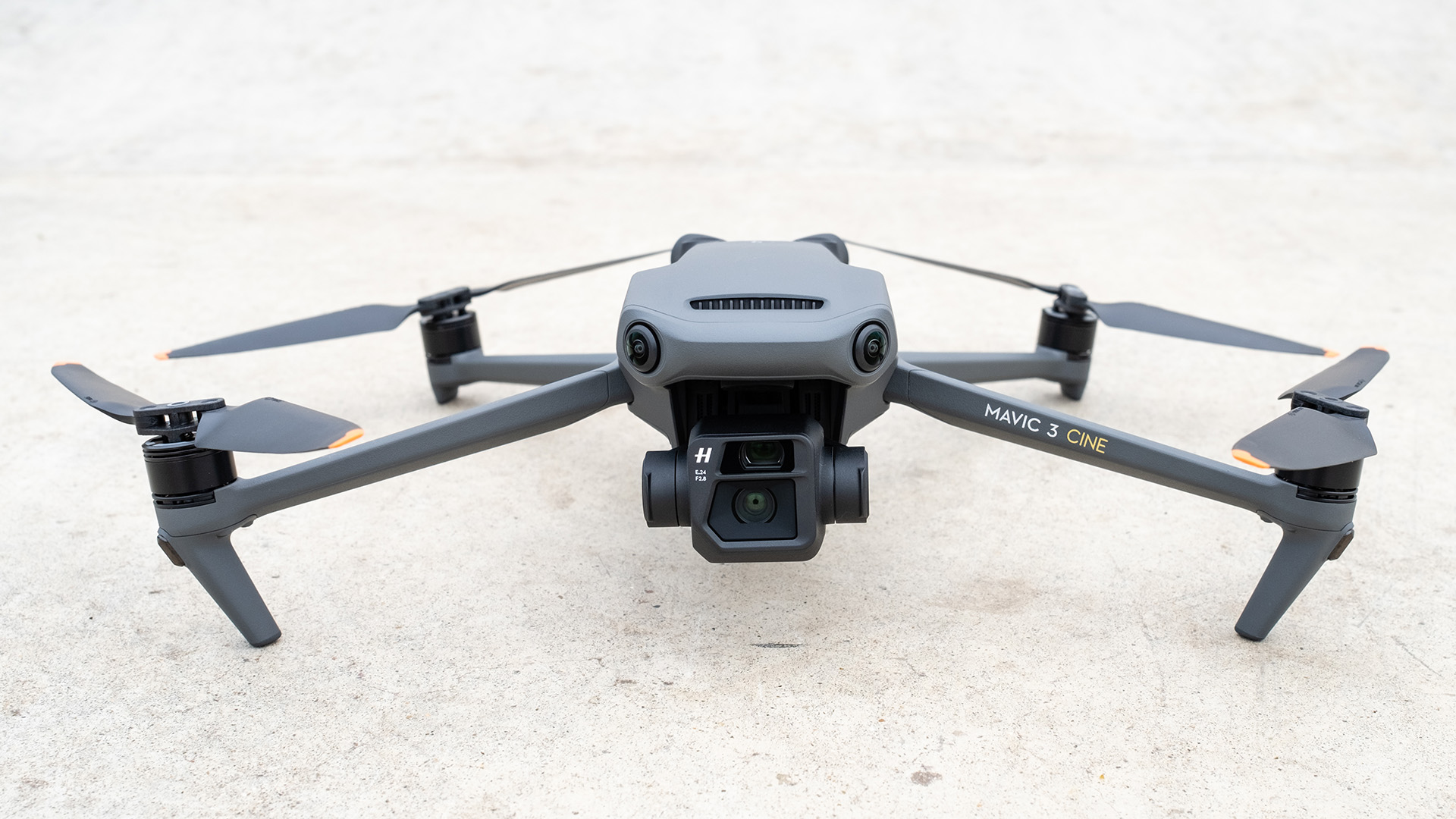
Iceland boasts up to 24 hours of sunshine per day, making it easy to fly a drone. Amazing locations are available to fly your drone any day of the week, with few people in the area at night or early morning. When flying a drone in Iceland, there are some key rules. You can learn more about safely flying a drone around Iceland by reading the following article. Also, don't forget to take your drone insurance.
Icelandic locations to fly a drone
Iceland is a great place to fly your drone. Vik, a popular tourist area, has many amazing areas to fly a helicopter. The town's east end, which is located between Kerlingardalur Valley and the village, features stunning scenery, rivers and waterfalls, as well as black sand beaches and beautiful landscapes. It is important to know the birds that you are flying in this area, including Fulmars (Sterna), and Oystercatchers.
First off, drones aren't allowed to fly near airports or public buildings. They must also be within sight at all times. Commercial drones should also be registered. This means providing personal and drone details and marking it with a full name. Finally, you will need to keep track of all flight data. You need to be a citizen to legally fly a drone in Iceland.
Regulations for flying a drone in Iceland
The Icelandic Transport Authority regulates drone use in Iceland, and regulations for flying a drone can be found here. However, some locations are off-limits to flying a drone and you may have to apply for an exemption. It is best to verify that you aren't violating any laws before you start shooting. You should be aware of the regulations in place for drone use by National Parks.

Drones must not fly within 50 meters of any building or site. The drone's owner must repair any damage it causes to property and people. Drone operators must take extra care when flying drones near ships and other vehicles. Lastly, drone operators should avoid flying their drones in heavily populated areas, and should be cautious to avoid any collisions with wildlife and other aircraft.
Iceland's drones are being attacked by birds
Iceland is home to many species of birds that can attack your drone. Birds are territorial and will dive at intruders dropping bombs. This bird can be especially dangerous in summer when they are most active. Beautiful beaches, mountains and charming villages are all found on the Snaefelsness peninsula in West Iceland. A young Icelandic man captured a tern attacking his drone in a recent video.
Drone attacks are almost always accidental. However, there are some precautionary measures that drone operators can take to prevent the birds from attacking their drones. When birds attack drones, some drone operators suggest that they fly higher. Predatory birds might not find your drone to be prey, and may attack it differently. In addition to being dangerous for your drone, it could also cause you serious damage to your aircraft.
When flying a drone from Iceland, be aware of safety precautions
Before you take off and fly a drone in Iceland, you should be aware these safety precautions. Iceland's weather is unpredictable, so be prepared for the unexpected. Be sure to check the weather before taking off and always return to a location near your departure point if the weather becomes too rough. Avoid flying drones over densely populated areas.

The ITA, the government agency for drone safety, has details online. The topic of drone safety is complicated, but here are some important points to remember. You first need to check the geofencing zone for your chosen region. Interfering with air traffic is another important consideration. Avoid flying your drone above buildings. You must stay at least fifty metres away from them. Don't fly your drone near people. Get insurance if you plan on flying more than 25kg.
FAQ
Are Drones Banned Where?
The FAA has prohibited drones from flying close to airports or stadiums, sporting events and nuclear power plants. They do allow drones to fly at night with GPS technology.
Which US states allow drones?
You can legally fly a drone for personal use. The Federal Aviation Administration (FAA), has established guidelines that allow the use of small unmanned aircraft systems (UASs). These UASs have to be registered with FAA before they are allowed to fly. If certain conditions are met, the FAA allows commercial operators to fly these UASs.
What is the difference in a quadcopter from a hexacopter.
Quadcopters are four-rotor helicopters that fly like traditional helicopters. It has four rotors that rotate independently. The hexacopter looks similar to a quadcopter, but it has six rotors rather than four. Hexacopters offer more maneuverability and stability than quadcopters.
What are the laws regarding flying drones
The Federal Aviation Administration (FAA), oversees all aspects of drone operation in the United States. You must first obtain a FAA certification before you can operate a drone commercially. Next, you will need to complete a course in flying skills and pass an exam. Finally, you must pay a fee to the agency.
What is the best drone for beginners?
The DJI Phantom 2 Vision+ drone is a popular choice for beginners. This drone comes with a 4K camera which can be used to take aerial photos and videos. The drone's GPS system allows you to navigate easily.
Flying with a drone?
Drones have become increasingly popular for commercial and personal purposes. They can be used for photography, filming and aerial mapping. Recently, the FAA approved new regulations for drones, including requirements for registration, licensing and pilot training. These changes will help ensure that drones remain safe for everyone involved.
Statistics
- According to the multiple listing service (MLS), houses and apartments with drone photographs are up to 68 percent more likely to sell than those without pictures. (thedroneu.com)
- With the top 10% making over $100/h and the bottom 10% making as low as $10/h. (dronesgator.com)
- Research and Markets predict a growth rate of 51.1% over the next five years. (thedroneu.com)
External Links
How To
How to Fly Drones With Beginners
A drone is a remote-controlled aircraft used for aerial photography, cinematography, surveillance, scientific research, and hobby purposes. Drones have been in use since World War II. DJI's Phantom series quadcopters were first commercially available in 2010. Many types of drones have been made available since then, from beginner-friendly models such as the Parrot AR Drone 2.0, to high-end multi-rotor craft such as the DJI Mavic Pro.
There are several ways to fly a drone, including;
-
Remote control – This technique uses a control device attached directly to your hands that allows you steer the drone around its flight path. There are two main types of controllers: On/Off switches (like a radio) and joysticks.
-
Manual Control – This allows remote operation of the drone via GPS coordinates using a smartphone application. Follow the instructions of the app to track the exact location you want the drone go.
-
Autonomous Flying - This allows the drone to take over all of the piloting duties. It basically flies autonomously without any human intervention. It must have a builtin camera, sensors capable of taking images and data to enable autonomous flight.
-
Triggered Flying - This method works in the same way as manual control. However, the pilot has to manually set up a route for the drone and it follows that route until reaching the endpoint. The drone automatically lands once the route has been completed and returns to the base.
-
Landing Gear- Some drones include landing gear that allows for safe landing if the power goes out or they run out of batteries.
-
Goggles - Some pilots wear goggles to protect themselves from debris while operating.
-
Camera - Some drones can be equipped with cameras which enable you to capture photos from the sky.
-
Obstacles – Some drones have obstacle avoidance systems that stop them from colliding with obstacles.
-
Speed - Some drones reach speeds exceeding 40 mph.
-
Battery Life - Most drones can last between 20 minutes to 3 hours, depending on how much power you're using.
-
Range - Depending on the model, some drones can travel up to 30 miles away.
-
Power source – Some drones require external power sources, others require internal batteries.
-
Weight - Some drones are lighter than others, while some models can weigh as much as 4 pounds.
-
Size - The size of drones varies from small, easily carried devices to more substantial crafts that weigh in excess of 50 pounds.
-
Price - Drones come in a variety of price categories, including high-end models which can run into the thousands and low-cost options that can start at $100.